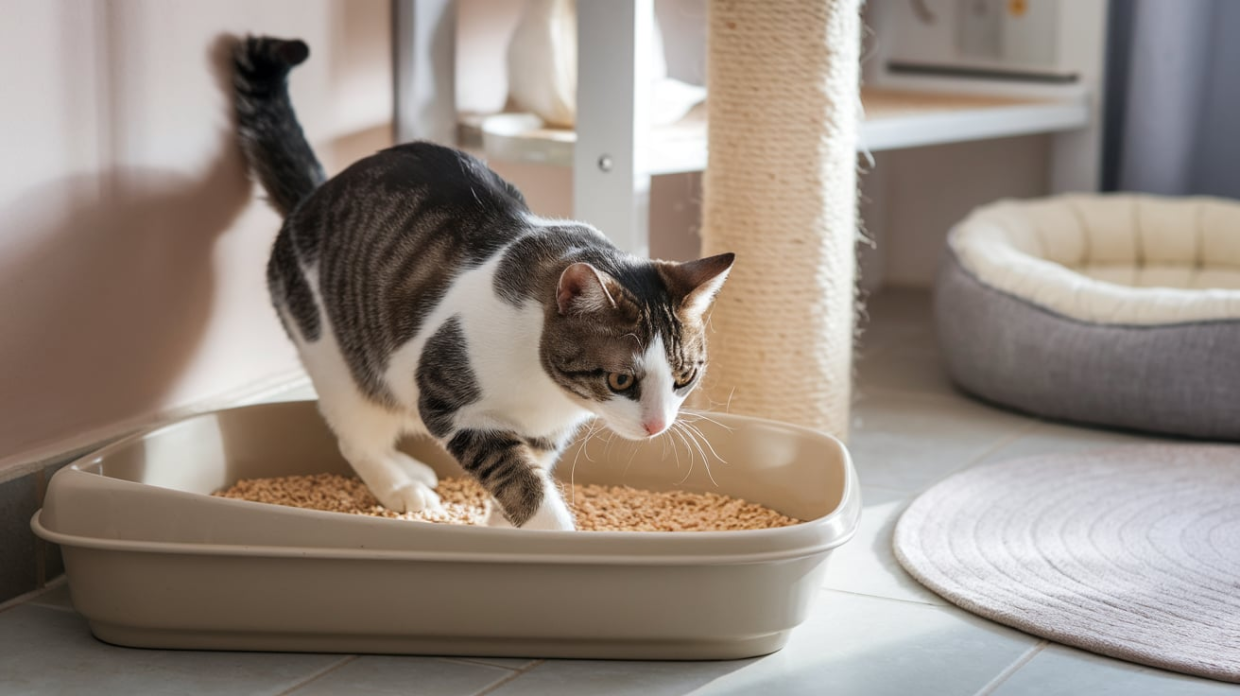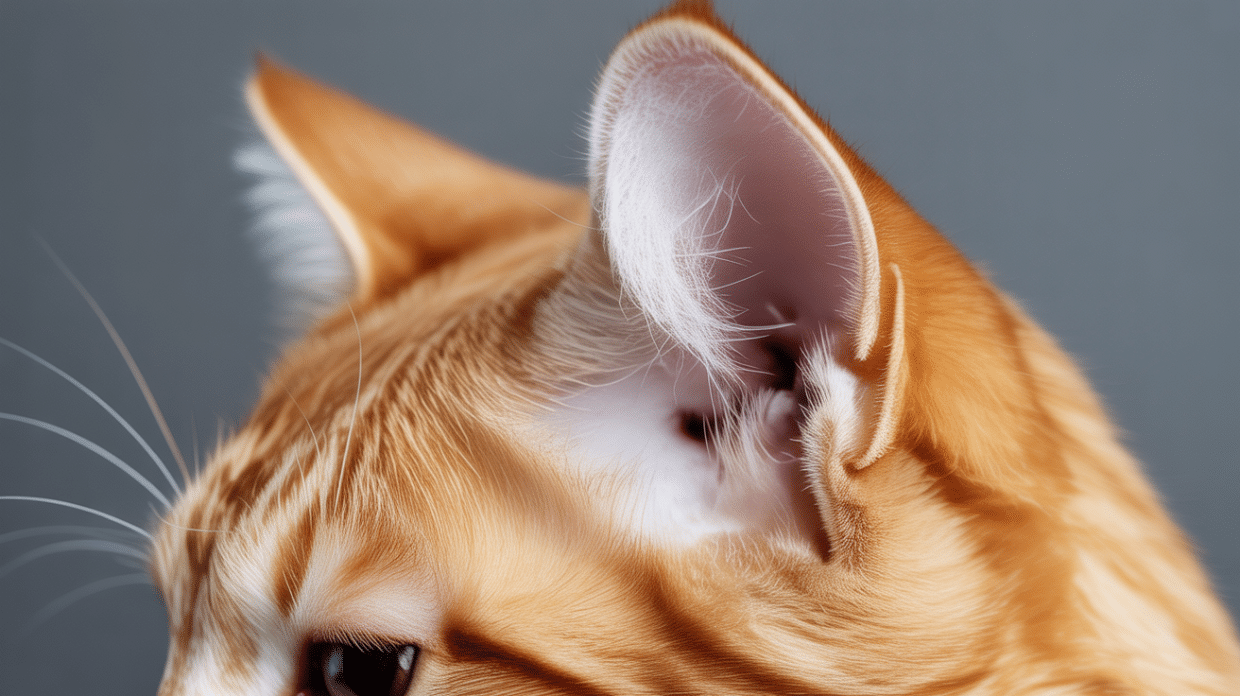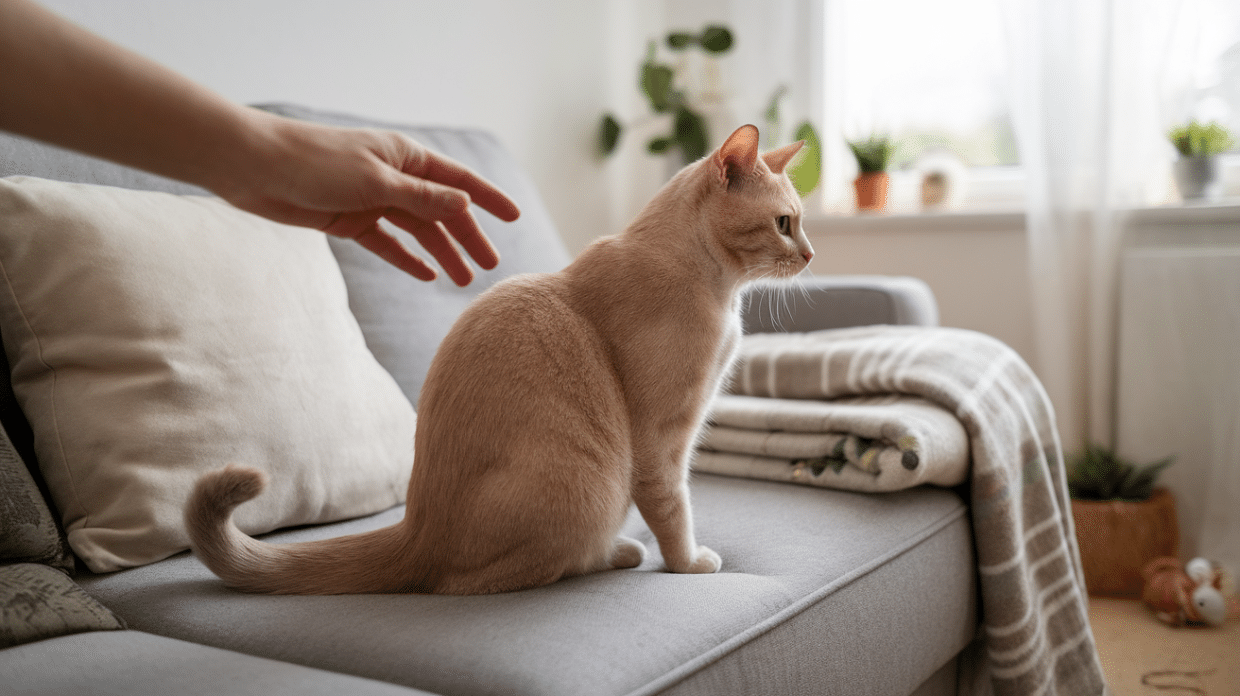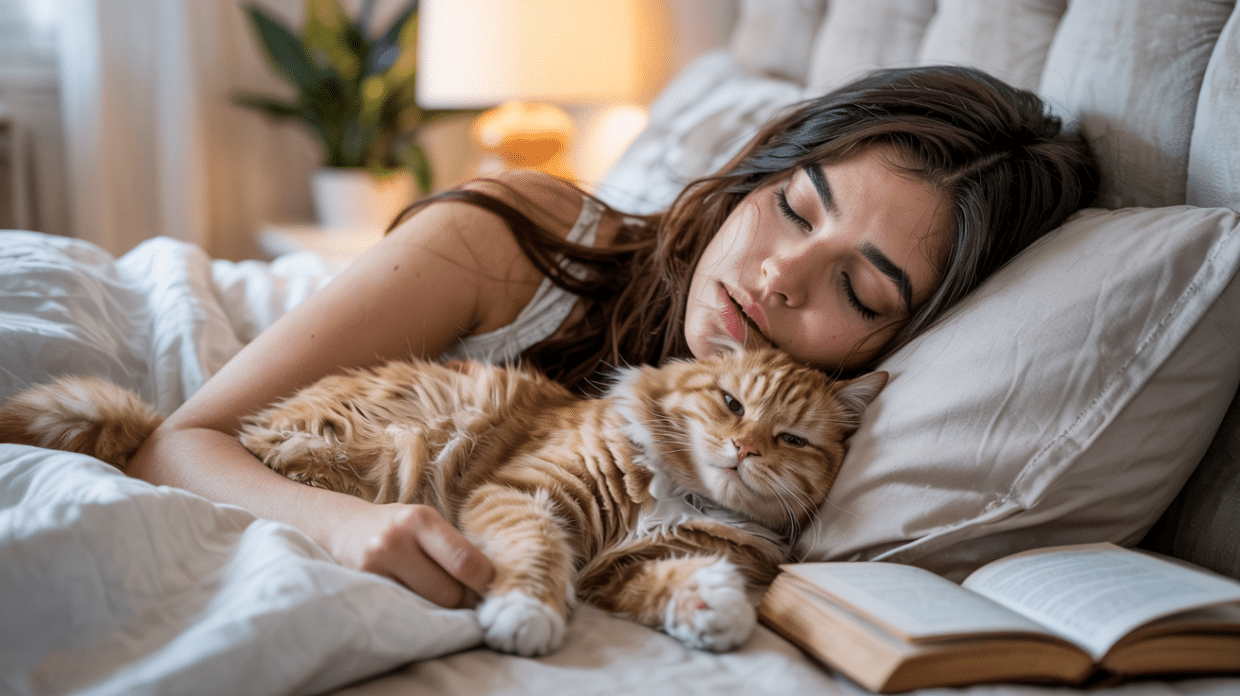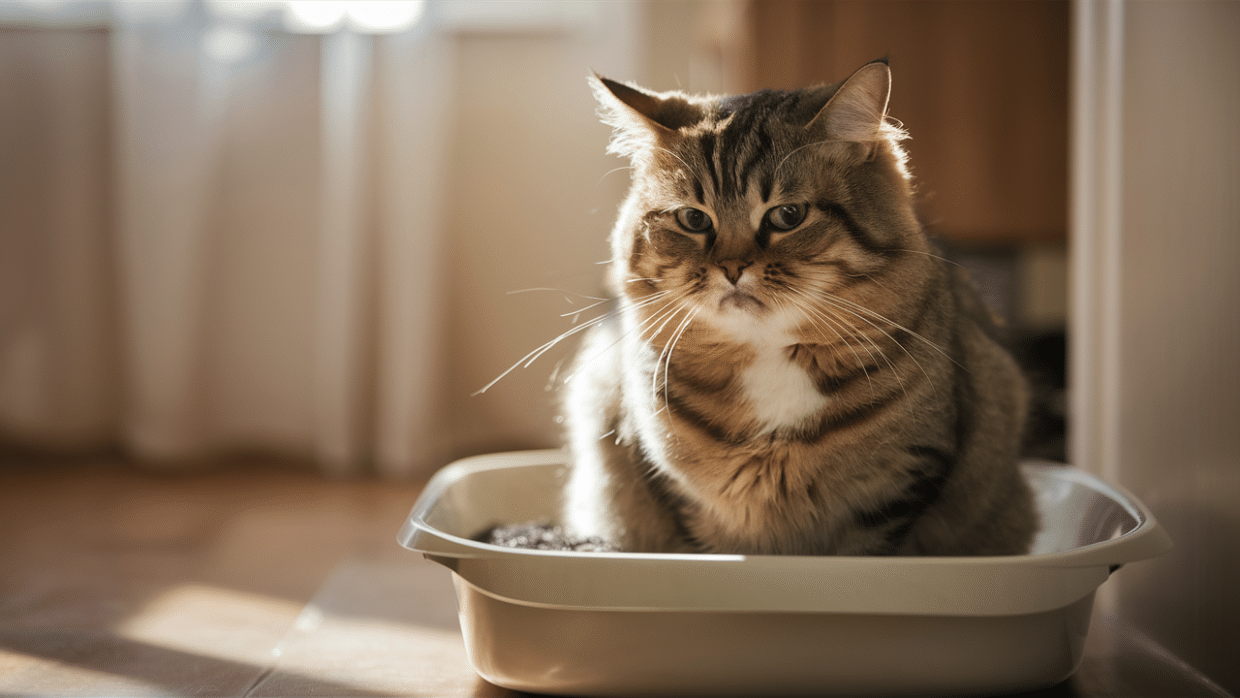Cats and litter boxes go hand in hand, but have you ever wondered why cats are so drawn to them?
As a cat owner, you know the struggle of keeping their bathroom area clean. However, litter boxes serve much more than just a chore; they’re a vital part of your cat’s well-being.
Cats have natural instincts to use these spaces, and when you understand why, you can ensure your cat is comfortable and healthy.
In this blog, we’ll look at the reasons behind your cat’s need for litter boxes, their instincts, and how to maintain the perfect setup.
By the end, you’ll be equipped with tips to make your cat’s bathroom experience easier and more stress-free.
Cats’ Natural Instinct to Use Litter Boxes

Cats are born with the instinct to bury their waste, and this starts as early as four weeks old. Even without seeing their mothers, kittens know to use sand or dirt to cover up their waste.
This behavior comes from their wild ancestors, who lived in deserts and used sand to hide their scent from predators.
Why Cats Prefer Certain Types of Litter: Cats tend to like litter that feels like natural sand. Clay-based litters or silica gel are often their top choices because they match the texture of the sand that cats instinctively prefer.
Territorial Behavior: Cats also dig and cover their waste to mark their territory. They use their paws to leave behind scent signals for other cats, which is why you might see different behaviors in multi-cat homes.
Safety and Privacy in Using Litter Boxes
Cats need to feel safe and secure when they use the bathroom. It’s one of their most vulnerable moments.
If they don’t feel secure, they might avoid the litter box altogether. They may even start using other areas in your home.
A well-placed litter box helps provide the security your cat needs.
Some cats prefer open boxes where they can see their surroundings. This allows them to keep an eye out for potential threats.
Other cats feel more comfortable with covered boxes. They enjoy having privacy and feeling safe.
Location is key when it comes to the litter box. Cats prefer quiet, low-traffic areas. If the box is in a noisy or busy spot, it can make your cat feel stressed. They might avoid using it.
It’s best to place the box in a calm and private spot. This helps your cat relax while using it.
Keep the litter box away from your cat’s food and water bowls. Cats like to keep these areas separate. If the litter box is too close to their food, they might not want to use it.
Cleanliness is another crucial factor. Cats are naturally clean animals and won’t use a dirty litter box.
If the box isn’t cleaned regularly, your cat might look for another spot to go. Scooping the litter daily and changing it regularly is important.
By focusing on privacy, location, and cleanliness, you help your cat feel comfortable and secure
The Need to Cover Their Scent
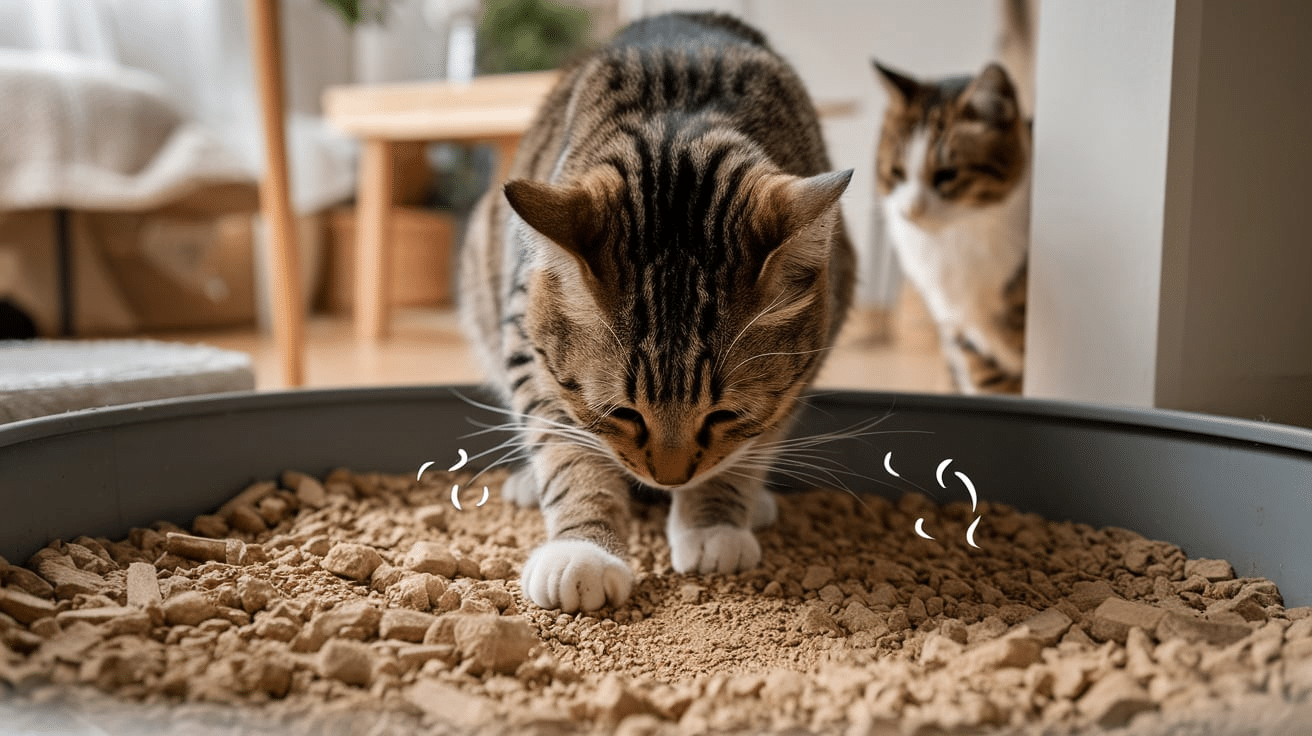
The Natural Instinct to Bury Waste
Cats bury their waste primarily to hide their scent from potential threats, a behavior that dates back to their wild ancestors.
In the wild, a cat’s scent could attract predators. To avoid being tracked or hunted, cats instinctively bury their waste.
Even though domestic cats no longer face such dangers, this survival instinct remains deeply ingrained in them.
Territorial Behavior in Litter Boxes
When cats dig and cover their waste in litter, they aren’t just keeping things tidy. They are also engaging in territorial behavior.
Cats have scent glands in their paws, which release a unique personal smell when they scratch or dig.
This scent is a way for cats to mark the area as theirs. It tells other cats who is using the space and establishes boundaries.
Behavior in Multi-Cat Homes
In multi-cat homes, these behaviors can become more pronounced. The dominant cat may choose to leave its waste uncovered.
By doing so, it marks the litter box as its territory, sending a clear message to the other cats in the house.
On the other hand, more submissive cats may cover their waste. This can be seen as a sign of respect for the dominant cat’s space and status.
This behavior closely mirrors what researchers see in groups of wild cats, where territory is crucial for survival.
Even though your house cats don’t face the same survival challenges as wild cats, these deep-seated instincts still drive their litter box behaviors
Cleanliness of Litter Box and Comfort for Cats

Cats are naturally clean animals, and this is reflected in their bathroom habits. They prefer a tidy and comfortable space to do their business.
A good quality litter helps absorb moisture and reduce odors. This makes the litter box more pleasant for your cat to use, ensuring they feel clean and fresh after every visit.
If the litter box is dirty, many cats will refuse to use it. Instead, they might look for other places in your home. This behavior is tied to their strong natural desire for cleanliness.
To keep your cat happy, regular maintenance is a must. Daily scooping and replacing the litter at least once a week will help maintain a clean environment.
A well-kept litter box is crucial for your cat’s health. Cats with access to a clean bathroom space are less likely to experience stress and urinary problems. Keeping the box fresh is essential for your cat’s well-being and happiness.
What Happens if Cats Don’t Have Access to Litter Boxes?
Without proper litter boxes, cats can quickly develop problems.
Indoor cats, in particular, may resort to using carpets, furniture, or even clothing if there is no suitable bathroom option available. This can create a big mess and lead to additional cleaning challenges.
Holding waste for too long can also cause health issues, such as urinary tract infections or bladder stones. Cats that can’t access a litter box may avoid going to the bathroom altogether, leading to physical discomfort and serious health risks.
The stress from not having a proper bathroom spot can also weaken your cat’s immune system over time, making them more susceptible to illness.
In homes with multiple cats, having too few litter boxes can cause even more problems. Cats may start guarding the available boxes or avoid boxes that smell like other cats. This creates tension among them and can lead to fights over access to the box.
As a result, there may be more accidents around the house as cats seek out alternative spots to relieve themselves. Ensuring there are enough clean litter boxes is crucial to avoid these conflicts and promote a peaceful home environment.
Tips for Maintaining a Proper Litter Box Setup
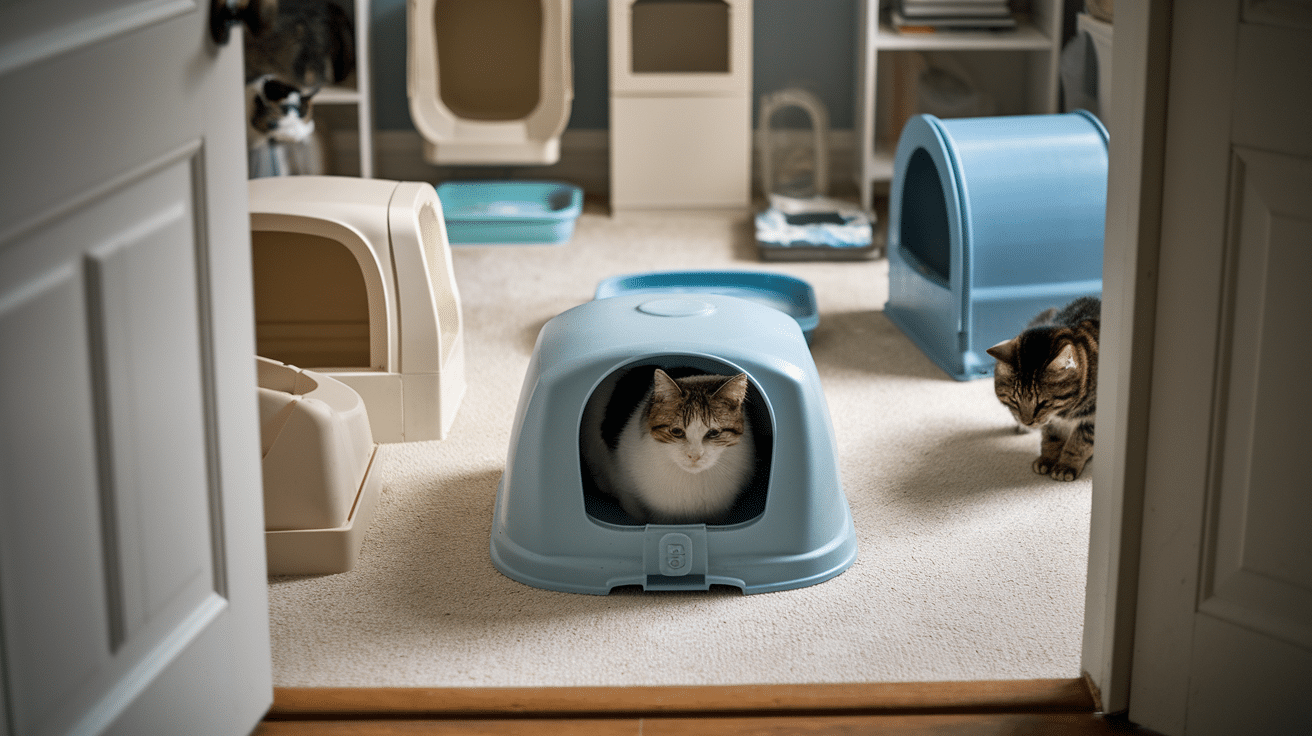
How to Choose the Right Litter Box for Your Cat
Choosing the right litter box is important for your cat’s comfort and well-being.
- Size Matters: Larger cats need bigger boxes with enough room to move around. If the box is too small, your cat might feel cramped and uncomfortable.
- Easy Access for Older Cats: Older cats may have trouble jumping into high-sided boxes. A box with low sides makes it easier for them to get in and out without strain.
- Covered vs. Open Boxes: Some cats prefer covered boxes for privacy, while others may find them claustrophobic. Test different styles to see what your cat prefers.
- In Multi-Cat Homes: In households with more than one cat, the general rule is to have one box per cat, plus one extra. This ensures there is enough space for all cats and reduces conflicts over litter box use.
Ideal Locations for Litter Boxes in the Home
The location of the litter box is just as important as the box itself.
- Quiet, Low-Traffic Areas: Place the litter box in a quiet, low-traffic area where your cat can feel safe and undisturbed while using it. Avoid noisy spots like laundry rooms or high-traffic hallways that might stress your cat out.
- Separate from Food and Water: Cats naturally prefer to keep their bathroom space separate from their eating and drinking areas. Make sure the litter box is placed away from food and water dishes.
- Multiple Boxes in Multi-Cat Homes: In homes with more than one cat, spread the boxes throughout the house. This helps prevent one cat from guarding the boxes and allows all cats easy access to a clean bathroom spot.
- Easy Access: Make sure the boxes are always accessible and not blocked behind closed doors. Cats should have easy access to their litter box at all times.
Types of Litter to Try Based on Your Cat’s Preference
The type of litter you use can greatly impact your cat’s comfort and willingness to use the box.
- Clay Litter (Clumping or Non-Clumping): This is the most common type of litter. Clumping litter is popular because it helps control odors and makes cleaning easier.
- Paper Litter: Paper-based litters are soft and absorbent. They are especially good for cats with health issues or recovering from surgery.
- Plant-Based Litter: Litter made from corn, wheat, or pine is a good option for odor control. It’s more natural and often more eco-friendly than other types.
- Crystal Litter: This type of litter lasts longer and helps control odor better than most other types. However, some cats may not like the texture.
To find your cat’s favorite, try offering several types of litter. See which one they use most often.
If you need to switch types, do it gradually by mixing the old and new litter together. This makes the transition easier for your cat
Conclusion
Litter boxes are essential for your cat’s well-being. They provide a safe, clean, and comfortable space for bathroom needs.
Cats are naturally inclined to use these boxes, driven by instinct and the need for privacy and cleanliness.
By choosing the right box, maintaining a clean environment, and understanding your cat’s preferences, you can ensure their happiness and health. A proper setup prevents stress, health issues, and accidents in your home.
For more tips on creating a cat-friendly environment, be sure to check out our other blogs on the website.

